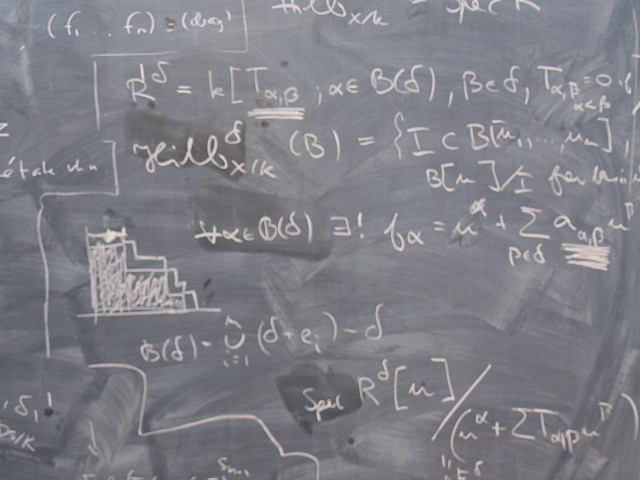After the course, the students should be able to
- Define and interpret the fundamental concepts: elementary functions, limit, continuity, derivative, integral, infinite series, complex number, matrix, determinant, vector, dot product, cross product, triple product, line, plane.
- Investigate curves and analyze inequalities by using derivatives.
- Solve and geometrically interpret systems of linear equations.
- Use vector algebra to evaluate projections, distance, areas and volumes.
- Use Taylor polynomials to approximate functions.
- Evaluate limits using Taylor expansion and l’Hospital’s Rule.
- Solve first or second order linear differential equation with constant coefficients.
- Evaluate some definite integrals using antiderivatives.
- Use the methods of integration to evaluate areas and volumes.
- Determine whether or not an improper integral converges.
- Determine whether a series converges or diverges
- Derive some formulas and theorems.
After passing the course, the students should be able to
Fundamental concepts
use the fundamental concepts of calculus, linear algebra and geometry: integers, real number, function, limit, continuity, derivative, integral, complex number, matrix, determinant, vector, line, plane.
Usage of language
write mathematical text using notation for variables, parameters, sum, limit, derivative and integral.
Reasoning
perform mathematical reasoning using: implications, equivalences, proof by contradiction and proof by induction.
Mathematical modelling
set up mathematical models and problems expressed in the terms of the fundamental concepts.
Problem solving
use classical solution methods of calculus, linear algebra and vector geometry.
Complementary aims
After the course the student should have
- Achieved a study technique that lays as basis for prosperous learning of the mathematical, scientific and technical subjects.
- Insights on how mathematical tools and thinking can be used in the further education and future professional life.
